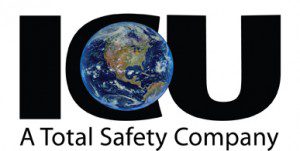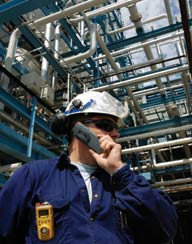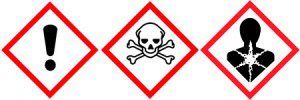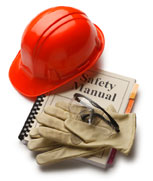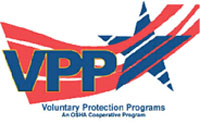By Mandy Sunderland, Sr. Industrial Hygienist, Total Safety
For years, OSHA has been developing a rule to require employers to establish and maintain an Injury and Illness Prevention Program (I2P2). While the actual rule is still in the works, OSHA released a white paper in January 2012 concerning I2P2 and a potential new rule that would require employers to proactively find and fix hazards in their workplace.
What is an I2P2?
Typically created by experienced safety and health professionals, an I2P2 defines minimum acceptable work practices at a given work site and lays out a structure of responsibility and authority to systematically address workplace safety and health hazards on an ongoing basis to reduce the extent and severity of work-related injuries and illnesses. Basically, an I2P2 takes a proactive approach to controlling incidents as it focuses on finding hazards in the workplace before an accident occurs and developing a plan for preventing and controlling them.
The key elements common to successful I2P2s are:
- Management leadership
- Worker participation
- Hazard identification and assessment
- Hazard prevention and control
- Education and training
- Program evaluation and improvement
In addition, it’s critical to periodically evaluate your I2P2 to determine whether improvements need to be made.
For readers who participate in OSHA’s Voluntary Protection Program (VPP), you are already familiar with these core elements of your organization’s safety and health program. Readers whose organizations have incorporated either one of the two voluntary consensus standards, ANSI/AIHA Z10-2005 or OHSAS 18001-2007 on Occupational Health and Safety Management Systems should be well-prepared for I2P2.
OSHA’s 1998 Draft of a Proposed Rule on Safety and Health Management Programs allowed the “grandfathering” of employers who have implemented a program that included the core elements mentioned above, or demonstrated the effectiveness of any provision that differs. Although there is no guarantee that any future proposed rule would include a grandfather clause, the benefits to be gained in finding and fixing safety and health hazards in an organized and documented manner are worth the time and effort.
Why do we need an I2P2?
Every day, more than 12 workers die on the job, which equates to over 4,500 a year. In addition, more than 4.1 million workers suffer a serious job-related injury or illness each year. The actual cost of a fatality or lost workday injury is substantial, not to mention to the anguish these incidents impose on the workforce. For every dollar spent on direct costs, up to ten times more is spent on indirect and hidden costs. These indirect costs include:
- Lost productivity by the injured employee and their co-workers
- Time spent on investigations completing paperwork
- Clean up and re-start of operations interrupted by the accident
- Time to hire or train replacement workers
- Time and cost for repair or replacement of damaged equipment or materials
However, we are not powerless when it comes to preventing serious injuries. We can and should have a handy tool in our EHS arsenal to help prevent these incidents from occurring in the first place – a solid, effective I2P2. As stated by OSHA in their January 2012 white paper:
‘Thirty-four states and many nations around the world already require or encourage employers to implement [I2P2s]. …These countries include Canada, Australia, all 27 European Union member states, Norway, Hong Kong, Japan and Korea. This initiative also follows the lead of 15 U.S. states that have already implemented regulations requiring such programs.”
Whether you need to develop a comprehensive program tailored to your facility for the first time or simply need to update your existing I2P2, you will help reduce the risk of work-related incidents and remain in compliance with current and future legal requirements.



